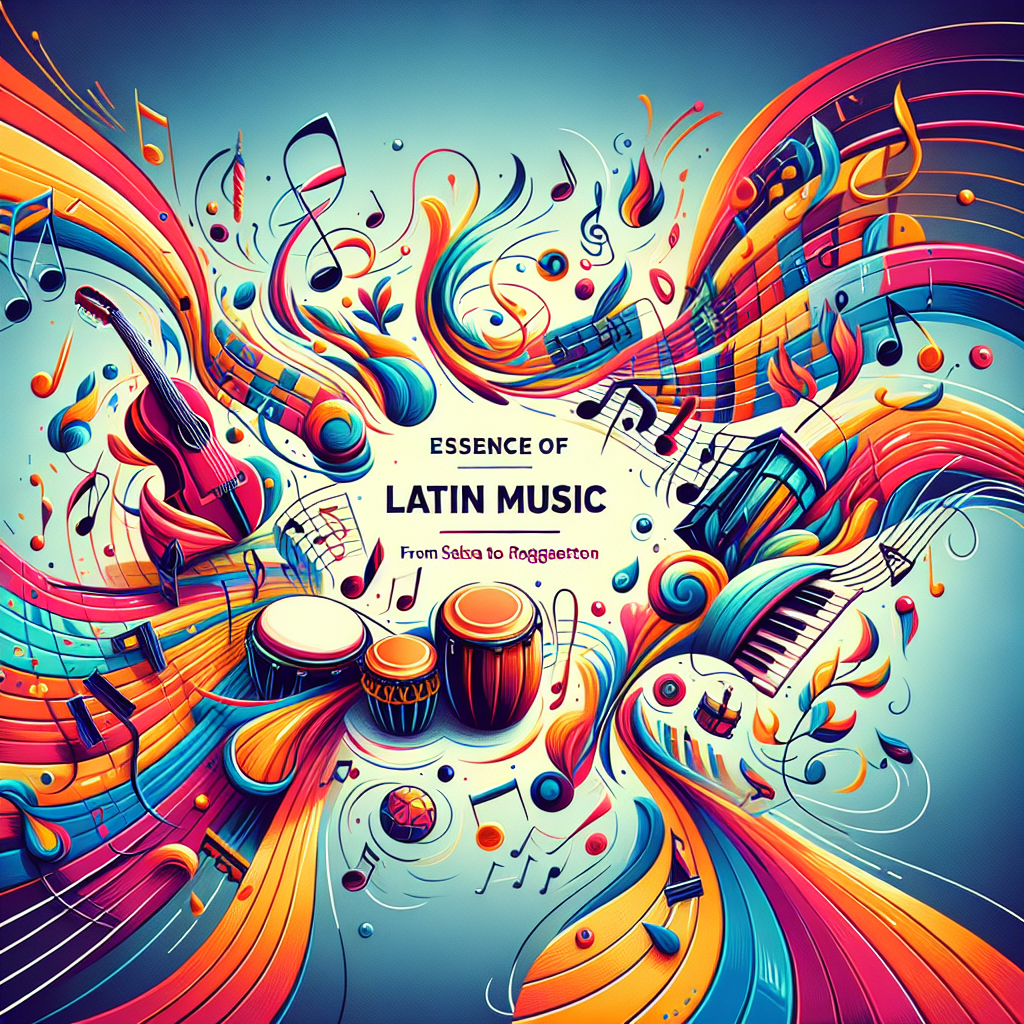The Enchanting Rhythms of Latin Accordion Music
The Latin Accordion is a musical instrument that has played an integral part in Latin music. The charming melodies produced by this quaint instrument have been capturing the hearts of millions, contributing to the rich tapestry of Latin rhythms for centuries.
A Historical Perspective
The accordion was first introduced into Latin America by European immigrants in the late 19th century. It quickly became popular and started to integrate into different genres of Latin music. This included tango in Argentina, vallenato in Colombia, and norteño in Mexico.
The Accordion in Latin Music
The Latin accordion added an entirely new dimension to Latin music. Its unique nature allows for melodies and chords to be played simultaneously, producing a sound rich in harmony. The ability to breathe life into the music by expanding and shrinking the bellows of the accordion gives latin music its signature rhythmical style.
The accordion is most prevalent in genres like cumbias, rancheras, corridos, conjunto and tejano. These musical styles often blend indigenous, European and African musical traditions, resulting in a harmonious blend of diverse cultural influences.
Notable Latin Accordionists
One cannot talk about Latin accordion without mentioning its notable players. Celso Piña, also known as the ‘Rebel of the Accordion’, was famous for his cumbia tunes. Among his well-known songs include ‘Cumbia Sampuesana’ and ‘Cumbia sobre el Río’.
Esteban ‘Steve’ Jordan, also dubbed “the Jimi Hendrix of the accordion,” was a pioneer of conjunto music. His unique playing style modernized conjunto and influenced many of today’s accordionists. His music encompasses a multitude of genres, including polka, country, jazz, and rock.
The Influence and Evolution of Latin Accordion Music
As Latin music becomes more global, the influence of the Latin accordion continues to spread and evolve. Accordion-driven Latin music has heavily influenced other genres like rock, country, and even hip-hop. Many internationally successful Latin artists, such as Julieta Venegas and Fonseca, sometimes integrate the accordion into their music.
Conclusion
The enchanting rhythms of Latin accordion music continue to charm audiences worldwide. Its integration into an array of musical genres and its role in cultural expression make it a savoir-faire of Latin music. Despite the transformation in musical preferences and the technological advancements in music production, the overture produced by this age-old instrument remains timeless.
FAQs
-
What is the accordion?
The accordion is a portable musical instrument with a right keyboard and a left buttonboard attached to a bellows. The bellows are pumped to push air through reeds, producing sound.
-
Which Latin music genres commonly use the accordion?
The accordion is prevalent in cumbias, rancheras, corridos, conjunto, and tejano music.
-
Who are some notable Latin accordionists?
Celso Piña and Esteban ‘Steve’ Jordan are two illustrious Latin accordionists, each contributing significantly to the Latin music scene.
-
How has Latin accordion music evolved over time?
Over time, Latin accordion music has evolved by integrating with various music genres, including rock, country, and hip-hop.
-
Why is the accordion essential to Latin music?
The accordion is integral to Latin music because of its versatile ability to produce rhythmic melodies and harmonious chords, contributing to the rich tapestry of Latin rhythms.




